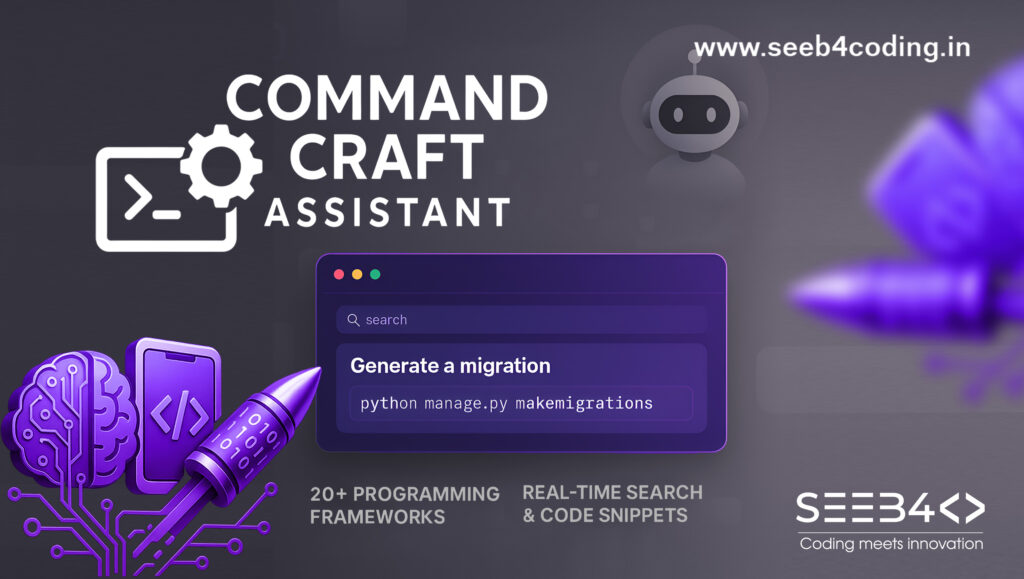When developing Android applications, using an Android emulator on your machine can save you a lot of time by avoiding the need to test on a physical device. However, setting up the Android emulator can sometimes lead to configuration issues, especially if the emulator is not properly set up in your system’s environment variables.
In this guide, we’ll walk you through the process of configuring your Android emulator correctly, ensuring that it runs smoothly on your system.
Problem:
Your Android emulator is not configured properly, leading to issues when trying to run or test your Android apps.
Solution:
Follow these steps to properly configure the Android emulator by setting up the necessary environment variables.
Step-by-Step Configuration of the Android Emulator:
Step 1: Open System Environment Settings
- Navigate to Windows -> System Environment to access your system’s environment settings.
Step 2: Open Environment Variables
- Once the System Environment window is open, click on Environment Variables. This will open a new window where you can modify or add environment variables.
Step 3: Modify the System Variables Section
- In the System variables section, scroll through the list until you find the Path variable.
- Select the Path variable and click on Edit.
Step 4: Add SDK Location
- Enter the location of your Android SDK. This will typically look something like:
- In the Edit Environment Variable window, click New to add a new path.
C:\Users\<your-username>\AppData\Local\Android\Sdk
Replace <your-username> with your actual Windows username.Step 5: Add Emulator Path
- Enter the location of the emulator:
- Again, click New to add another path.
C:\Users\<your-username>\AppData\Local\Android\Sdk\emulator
Step 6: Add Platforms Path
- Click New to add the platforms path.makefile
C:\Users\<your-username>\AppData\Local\Android\Sdk\platformsStep 7: Add Platform-Tools Path
- Click New again to add the platform-tools path:makefile
C:\Uasers\<your-username>\AppData\Local\Android\Sdk\platform-toolsStep 8: Save Your Changes
- After adding all the necessary paths, click OK to save the changes and close the window.
Conclusion:
By following these simple steps, you will have successfully configured your Android emulator. Ensuring the paths to the Android SDK, emulator, platforms, and platform-tools are properly set in your system’s environment variables is crucial to avoid issues with running and debugging Android apps. After completing this setup, restart your Android Studio or development environment and try launching the emulator again.
With your emulator configured correctly, you’re now ready to dive into Android app development with ease!









